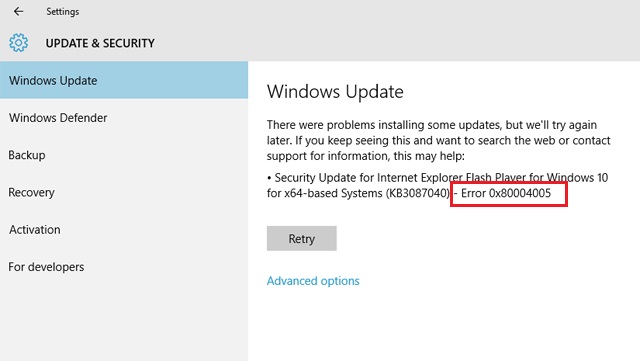While using Windows, you may get this error when attempting to launch a programme or access a file. And getting the necessary approval might not be enough. That’s why lots of people are asking the same thing on the forums and getting no satisfaction from Microsoft’s support staff or other popular sites.
How to Repair Windows’ “Cannot Access the Device”
Since you now know what causes the “Windows cannot access the specified device path or file” error, you can target your efforts to fix the problem.

Solution 1: Get Back Your Lost Data
If you deleted something by accident and now you’re getting the “Windows cannot access the specified device” issue, you can use the free freeware EaseUS EaseUS Data Recovery Wizard to get it back.
Whether you’ve lost data on a hard disc drive (HDD), solid-state drive (SSD), USB drive (flash drive), secure digital (SD) card, external hard drive (ext. Photos, music, emails, documents, spreadsheets, and more can all be recovered from the trash.
Connect the removable storage device (hard drive, flash drive, etc.) to the Windows computer where you have installed EaseUS hard drive recovery software, and then follow the steps below to recover the inaccessible data and folders.
- Beginning with the EaseUS Data Recovery Wizard, you must first attempt to recover your data. Select the storage media from which you lost data, and the scan will begin. Data loss can occur on any storage medium, but this programme makes it possible to get it back.
- Second, examine all of the scan results. Using the available filters, you can select the specific file format you require. Photos, videos, documents, emails, audio files, and many more are all supported by the EaseUS data recovery programme.
- Choose which files to preview. To save the retrieved information, select “Recover” and a destination folder.
Solution 2: Get Authorization from the File’s or Folder’s Owner
You should first check if you have permission to access the file or folder, as the error message warns that “you may not have the appropriate permissions to view the object.” If you don’t have access to a certain file or area, you can ask for it by following the steps below.
- To begin, select “Properties” from the context menu that appears after right-clicking the file or folder.
- Second, locate your name under “Group or User names,” and then click it to view your privileges.
- Go to “Edit,” where you can set several rights (full control, edit, read & execute, read, write, and special). Select the appropriate access levels, and then confirm with OK.
Solution 3: Verify the Specified File’s Location
Moreover, there’s a chance that you could If the installation or shortcut attempts to visit a location that is not currently available, Windows will display an error message saying “Windows cannot access the given device path or file.” Verify that the file’s path can be reached and try saving the file there.
- Click “Properties” from the context menu after right-clicking the offending folder or file.
- Verify the file path under the General tab is correct and can be accessed.
If you know where the file is located, you can access it easily. If you can’t find the file here, it has probably been relocated or destroyed. Use the following advice to recover erased data.
Fixes and file restoration options are provided for when you get the “Windows cannot access the specified device, path, or file” problem message while working with the contents of your desktop, explorer.exe, or other applications.
Conclusion
Fixing Windows so that it can access the device path or file in question is as simple as following the steps outlined below. Instead of trying everything, zero in on the root cause and fix it that way.
If you have accidentally deleted a file and this error has shown, you can use the EaseUS File Recovery programme to restore the deleted data. Files and directories that have been deleted or made inaccessible can be easily recovered.





Leave a Reply